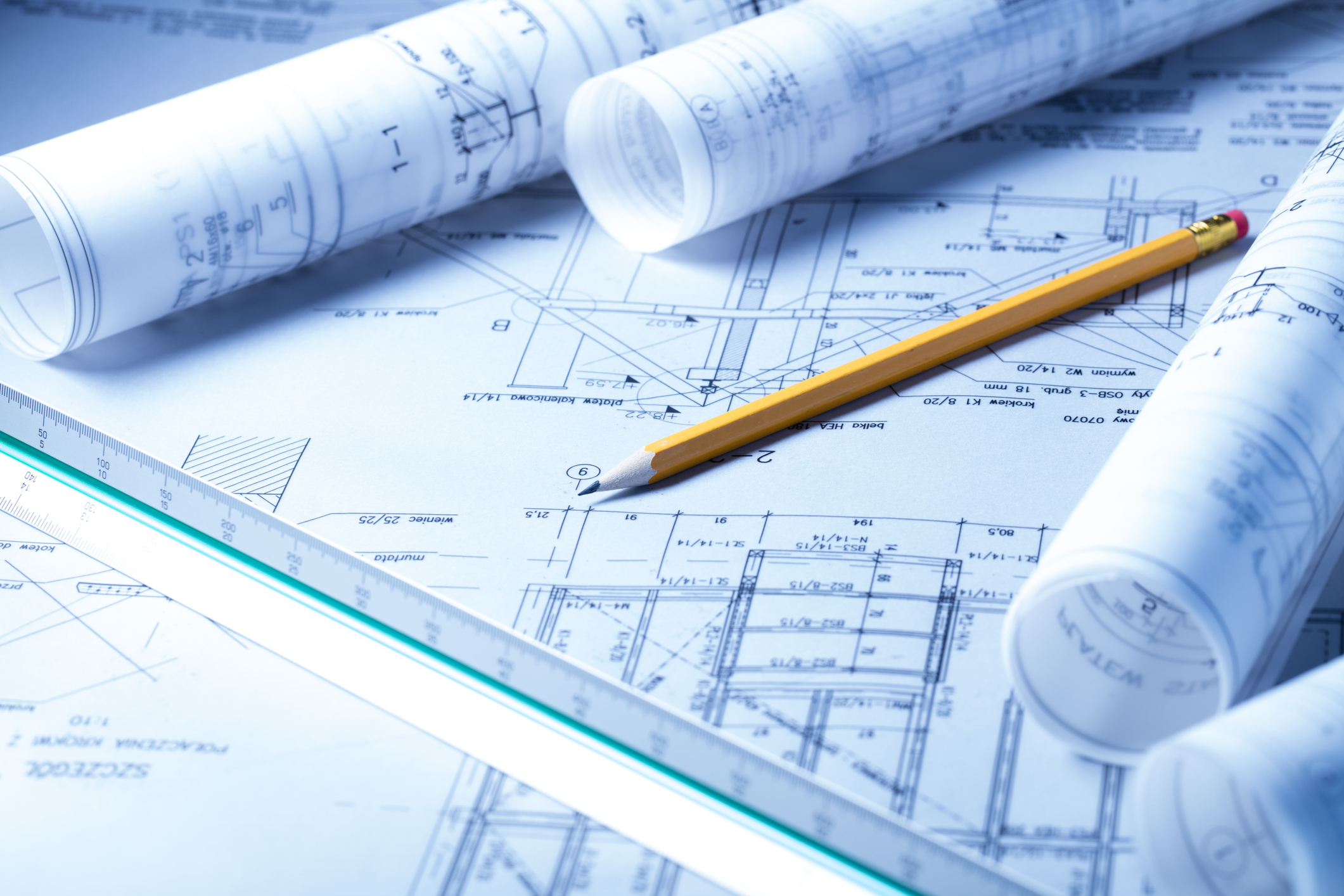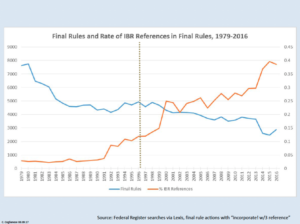
New book offers crucial insights into how private standards can complement if not substitute for regulation.
Law is often thought to provide the bedrock of order in modern society. But as important as law can be, social and economic order also emerges from a host of non-legal norms and non-governmental institutions.
In their new book, Engineering Rules: Global Standard Setting Since 1880, JoAnne Yates and Craig Murphy trace the history of non-legal institutions dedicated expressly to producing order: private standard-setting organizations. Yates and Murphy offer a comprehensive, readable account of private standard setting that should interest legal scholars, lawyers, and law students.
All those in the legal profession ought to know more about the world of private standard setting. In the first instance, private standards interact with the law and the legal system on a regular basis. Private standards, for instance, actually “govern” the handling of criminal evidence in many forensic laboratories around the country. They also often define the duty of reasonable care in tort law. The requirements of private standards are woven into—or incorporated by reference into—myriad business contracts and, increasingly, even government regulations. Private standards also hold significant implications for intellectual property lawyers—and their clients—as often the only way companies can conform to private standards is to obtain licenses to use other companies’ patents.
Legal practitioners also ought to know more about private standards because, at least in principle, these standards can serve as substitutes for government regulation. Yates and Murphy ask at the outset of their book why governments do not bear the sole responsibility for setting all the rules in the first place? The need for coordination and order outpaces what governments can provide, even in advanced economies with well-functioning governments. In countries without well-functional governments, private standards may be the best that it gets.
Many private standards, Yates and Murphy show, are technical in nature—and many of them will not seem immediately to involve the core, fundamental values that seem to dominate headlines about public lawmaking and litigation. Private standards are, as Yates and Murphy put it in the title of their book, “engineering rules.” The history of standard setting that they tell is itself an important part of the history of the engineering profession.
Engineers, after all, need to make sure electrical and digital components of technologies work with each other. Yates and Murphy are exactly right to point out that private standards lurk behind all of our interactions with modern technology: “whenever we interact with our phones, computers, smart speakers, and many newer appliances whose inner workings we can barely understand.”
Much of the order created by private standards, then, responds to the need for coordination, or what engineers might call “interoperability,” so that phones or other technologies made by one company can interact with counterparts from other companies. But solving these technology coordination problems is not the only governance function that private standards could plausibly serve. Perhaps they might move beyond solving technical puzzles to try to solve social maladies. Indeed, that is an important part of the history of standard setting that Yates and Murphy tell so well.
Their history takes the reader through what they call the “third wave” of private standard setting. This third wave has tried, among other things, to tackle governance challenges beyond coordination, such as human rights, workplace safety, and environmental protection.
Many of these efforts at social governance emerged in the mid-to-late 1990s. The International Organization of Standardization (ISO), for example, adopted in 1996 the ISO 14001 standard on environmental management systems, which grew out of ISO’s earlier 9000 series on quality management. ISO also much later finished a broader corporate social responsibility standard called ISO 26000.
Much of Yates’s and Murphy’s discussion of the third wave centers on international efforts: not just ISO but also the United Nations’s corporate social responsibility initiative (the U.N. Global Compact) and the World Economic Forum’s Global Redesign Initiative.
Less emphasized in their book, but also emerging in the mid- to late-1990s, was a new interest in the United States in using private standards to meet domestic regulatory goals. Yates’s and Murphy’s “third wave” in global standardization thus converged with what some called the “third way” of regulatory governance in Washington, D.C., and state capitals around the country.
This “third wave”–“third-way” convergence manifested itself domestically in varying efforts by traditional state and federal regulators to promote private standards in lieu of complete dependence on government regulations. The U.S. Environmental Protection Agency, for example, initiated voluntary environmental programs such as StarTrack and Performance Track to encourage good practices of environmental management such as those that follow ISO 14001.
Perhaps most prominently, President William J. Clinton signed into law in 1996 the National Technology Transfer and Advancement Act (NTTAA), which directs federal regulatory agencies to use private standards instead of creating new public regulations—at least whenever doing so would not be “inconsistent with applicable law or otherwise impractical.”
Federal agencies appear as if they might have responded by picking up the rate at which they incorporated by reference private standards into public regulation. The figure below compares two trends from 1979 to 2016. The first, in blue, is the annual number of final rules published in the Federal Register. The second, in orange, is the annual percentage of all final rule documents containing language indicative of incorporation by reference.

Obviously, we need to know more to understand exactly what might explain these patterns. Still, it is striking how the annual number of federal rules declined in the years following the adoption of the NTTAA, while the rate of incorporation by reference kept increasing. Of course, incorporation actually started increasing before the NTTAA—although both then and now, it remains but a tiny fraction of the overall regulatory corpus.
The aspiration behind the NTTAA, though, seems to be alive still today. Public regulators continue to look for guidance from private engineers and the standards they set.
But are “engineering rules” really the solution to what ails regulatory systems in the United States and elsewhere? To this question, the answer I see in Yates’s and Murphy’s account of third-wave standard setting might please those in the legal profession: law still matters.
When it comes to engineering rules’ “impact on the actual problems that the new standards were supposed to regulate,” Yates and Murphy say that “it is not clear how much difference” private standards actually make. Indeed, one of the studies they cite—an excellent statistical analysis of the impact of ISO 14001 by political scientists Aseem Prakash and Matthew Potoski—revealed only the slightest improvements in toxic emission reductions and overall regulatory compliance from those companies that voluntarily adopted the private standard.
In the end, Yates’s and Murphy’s account of private standards would seem to suggest that the need for public regulation will not be erased by private standards any time soon, even as standards are likely to continue to be needed to solve critical coordination problems. Neither lawyers’ work, nor engineers’, is likely to disappear, although the challenges confronting these professions will surely change due to new technological, social, and economic imperatives. For readers in either profession—law or engineering—Yates and Murphy have provided a great service with their illuminating history of the private world of standard setting.
This essay first appeared in Notice and Comment, the online blog of the Yale Journal on Regulation.



